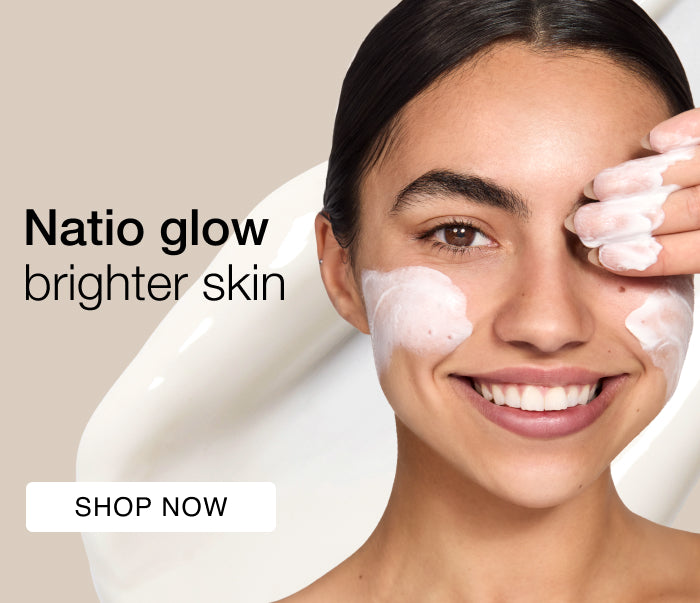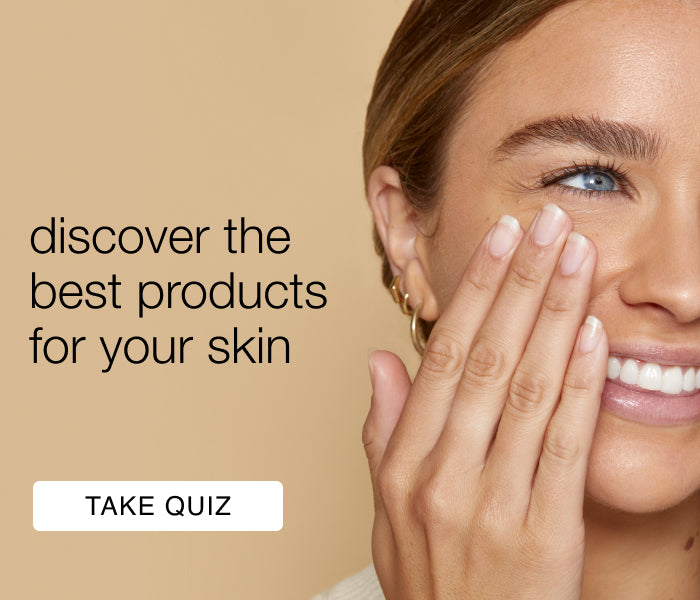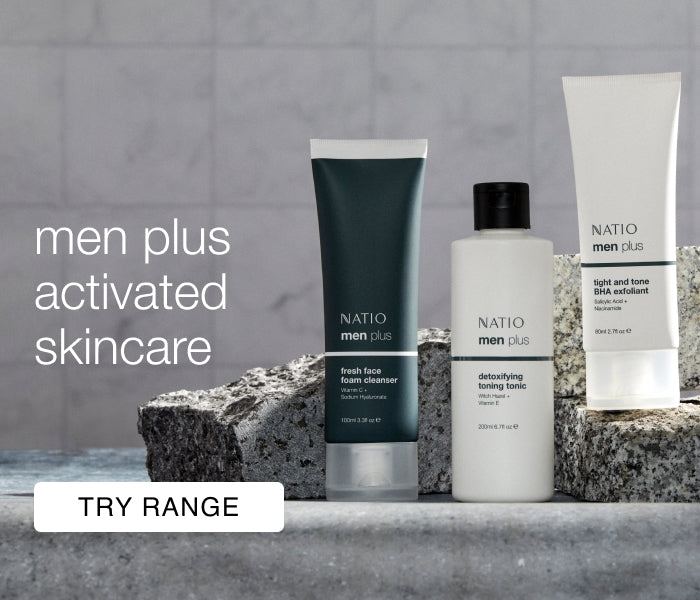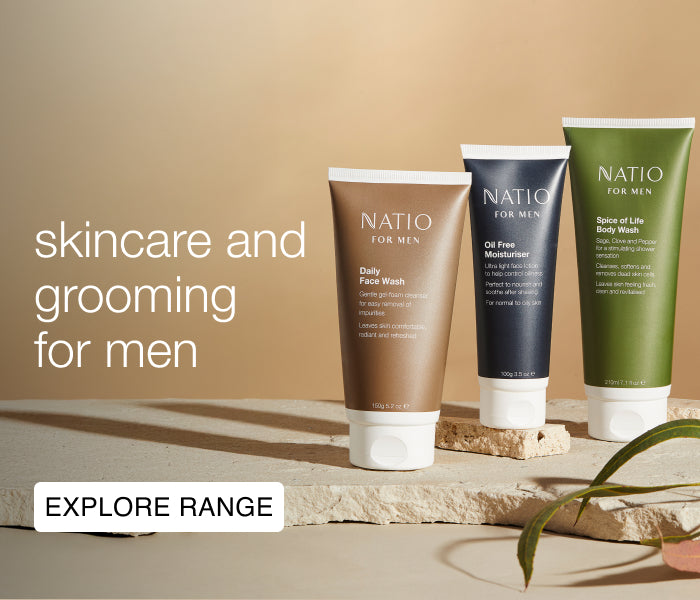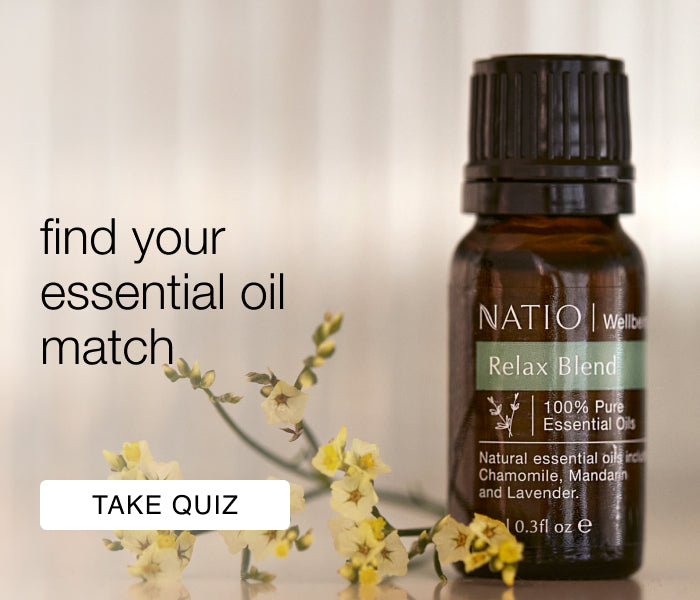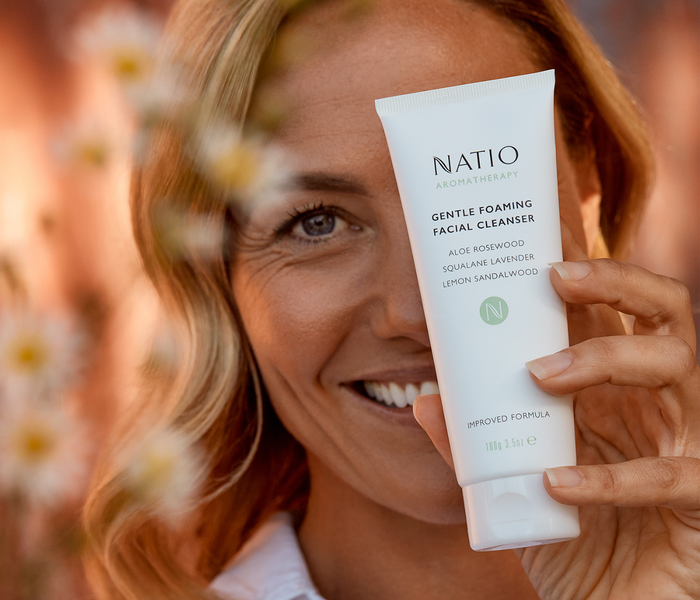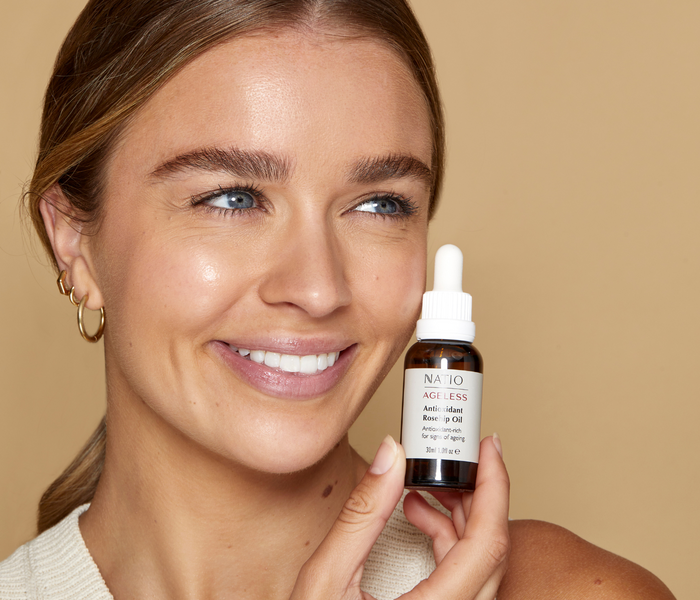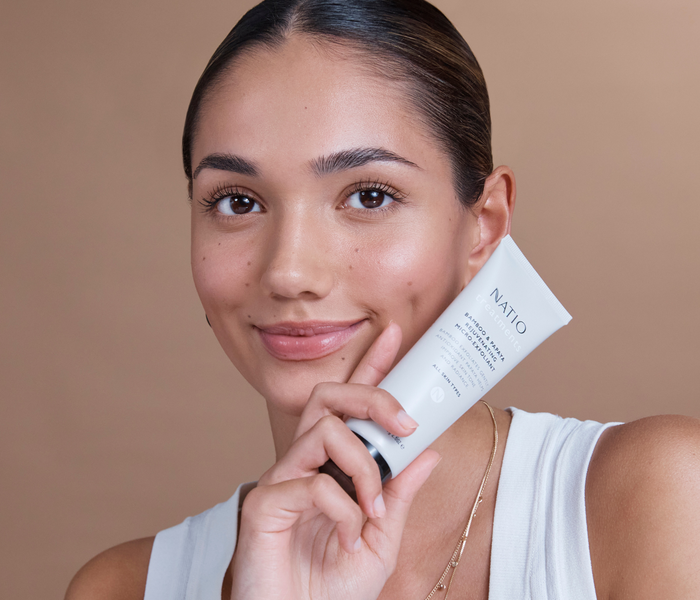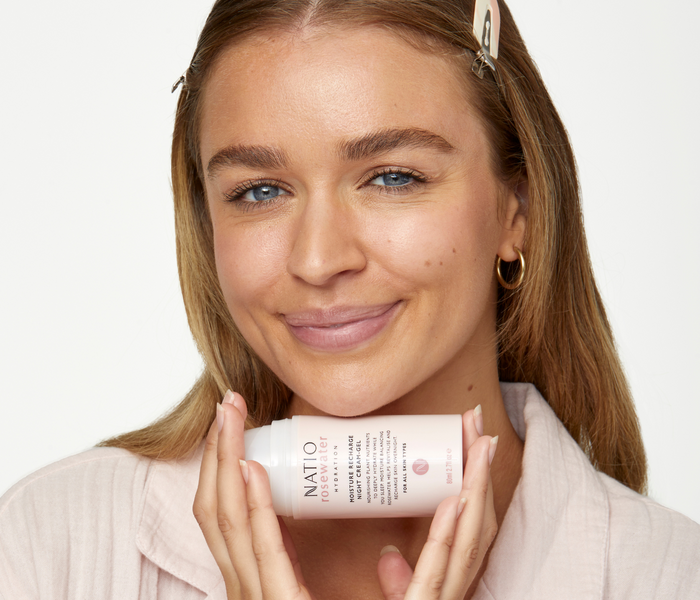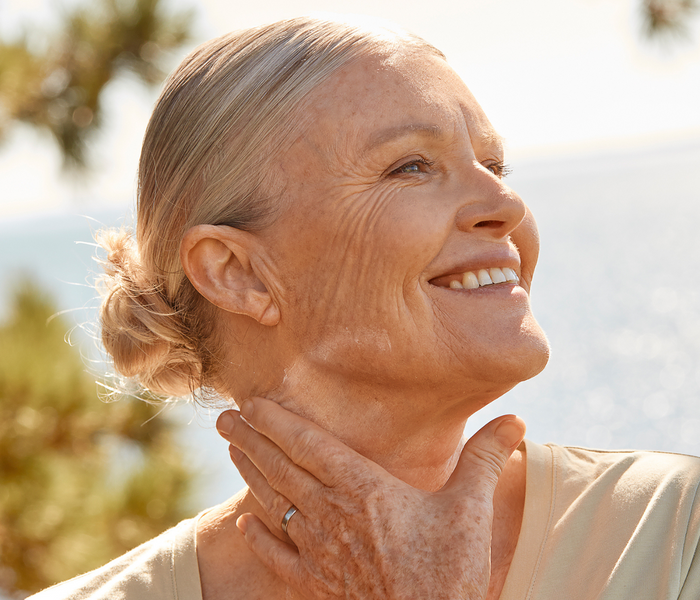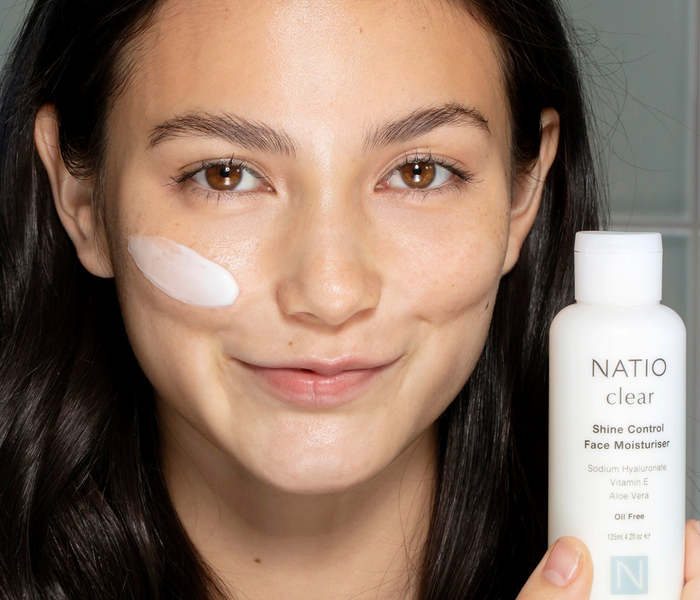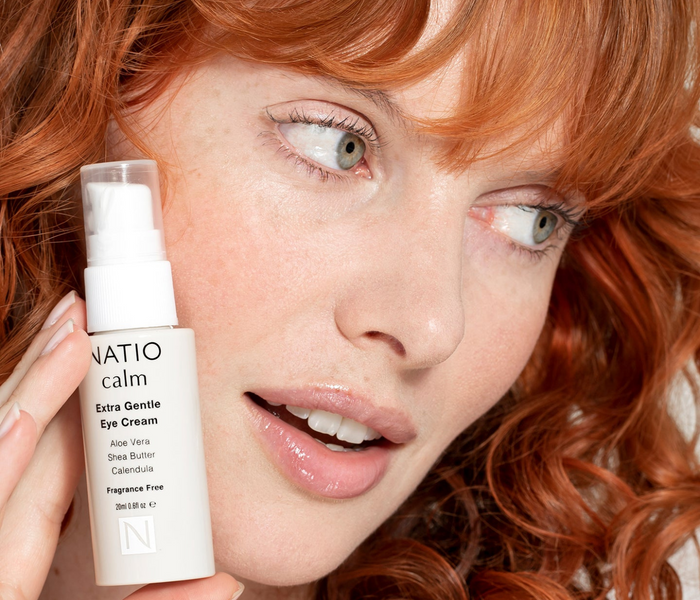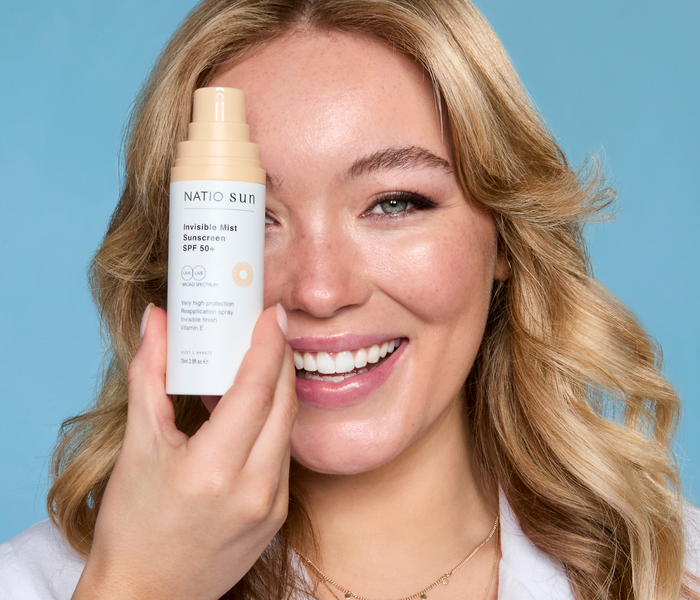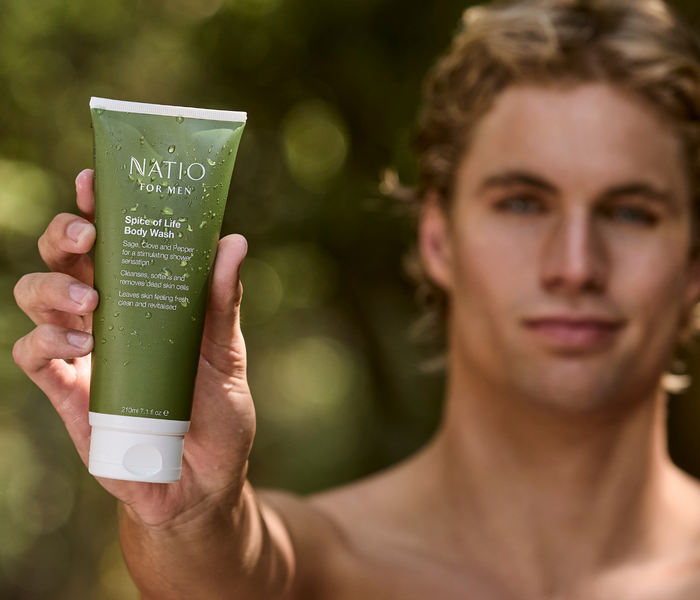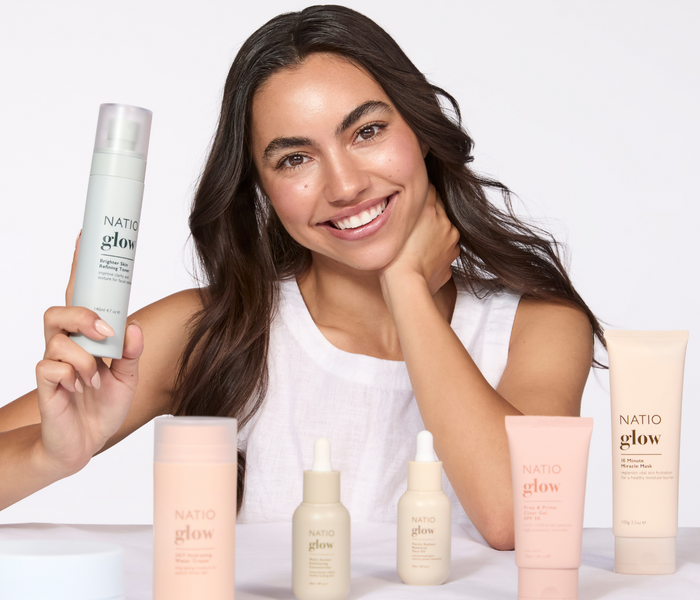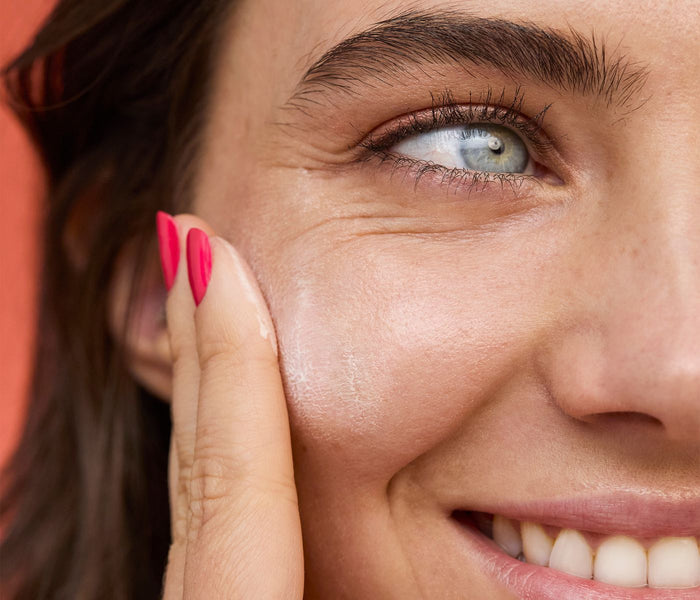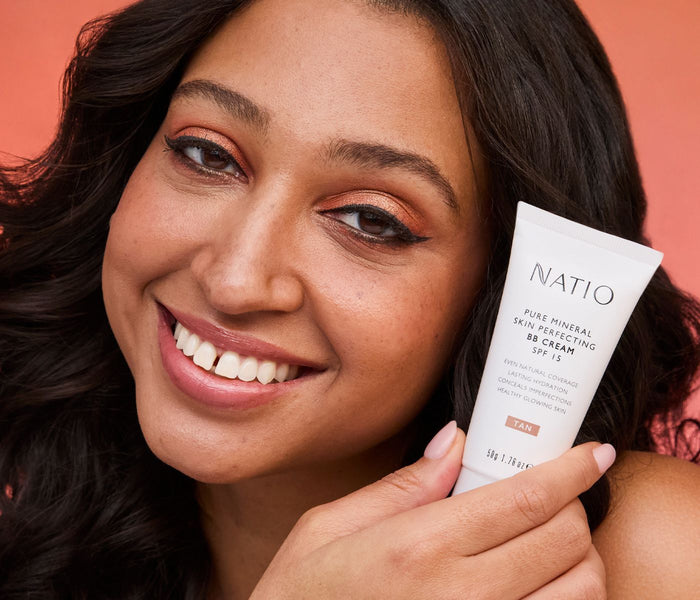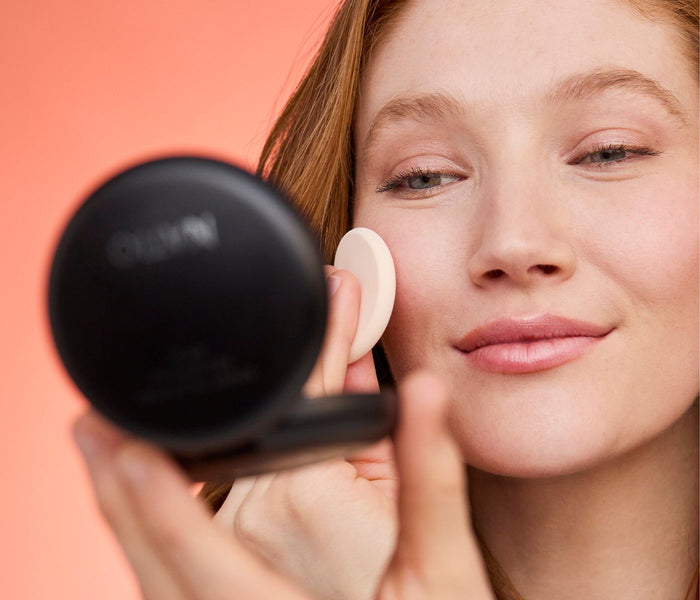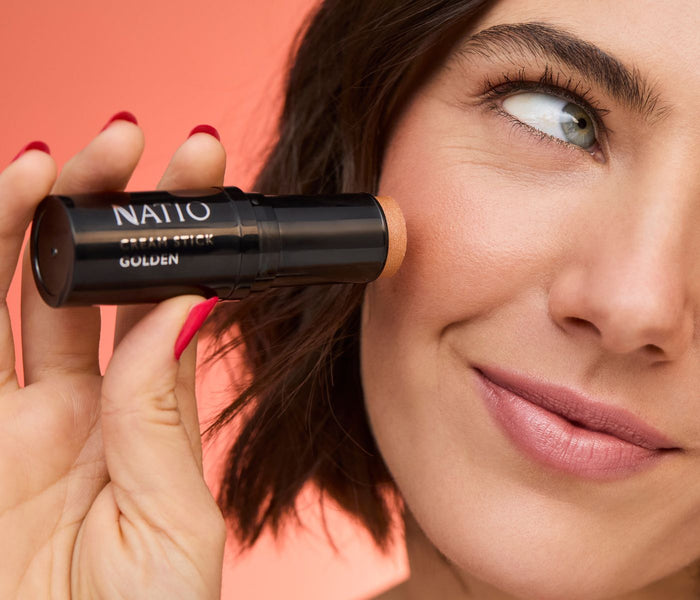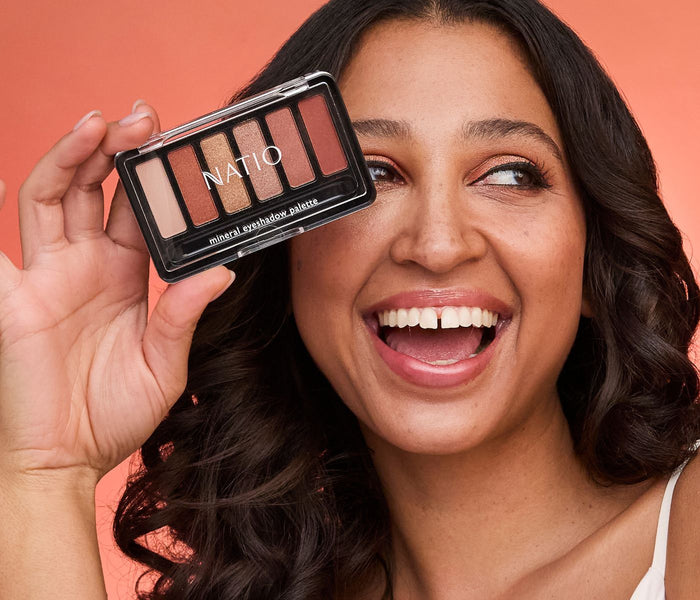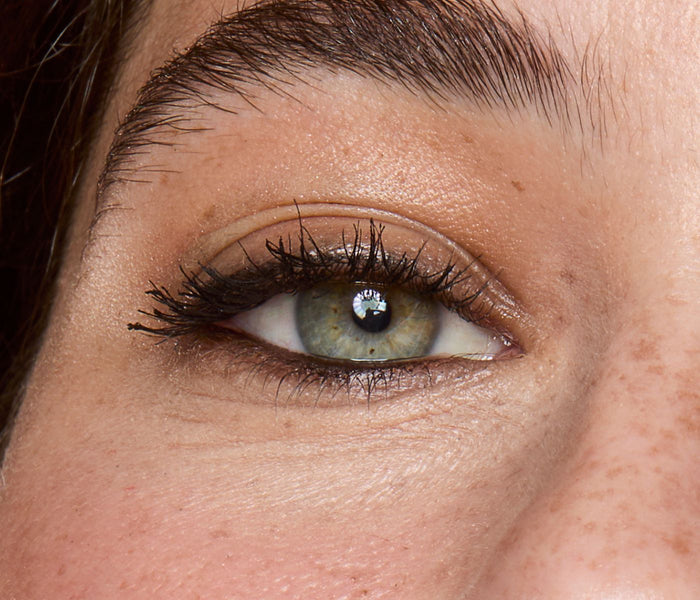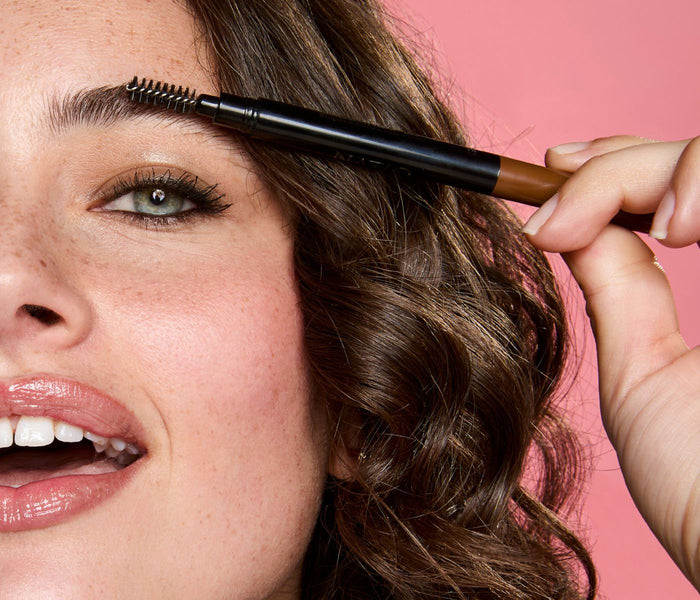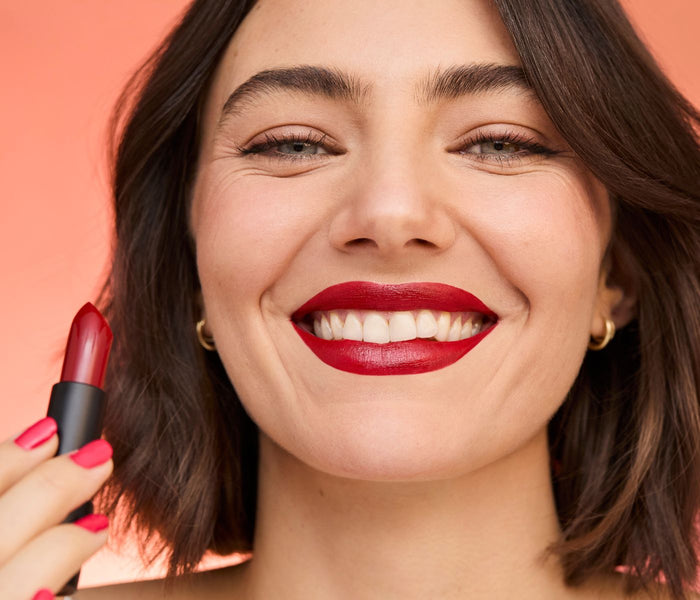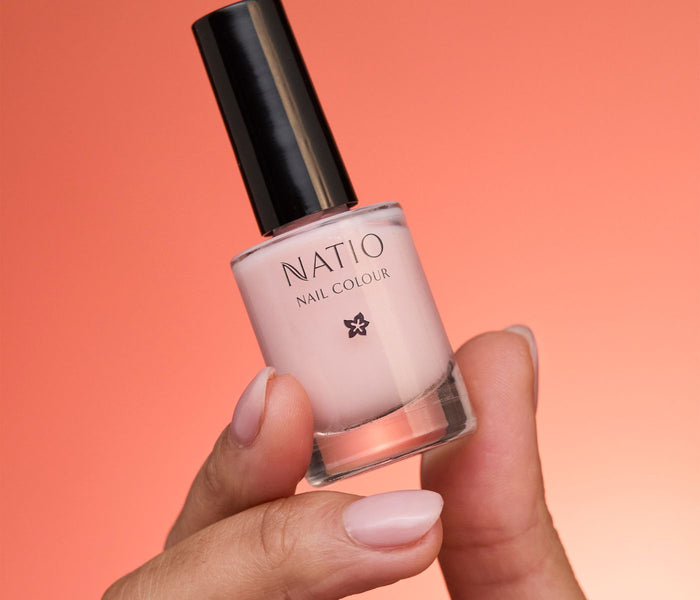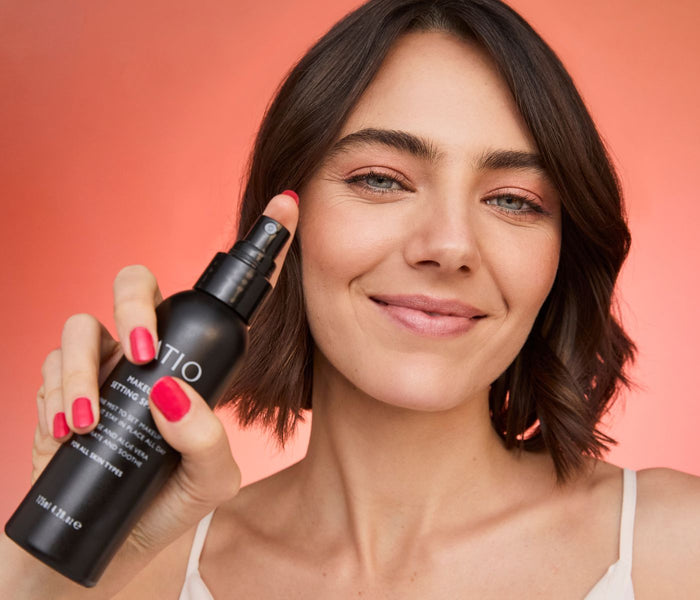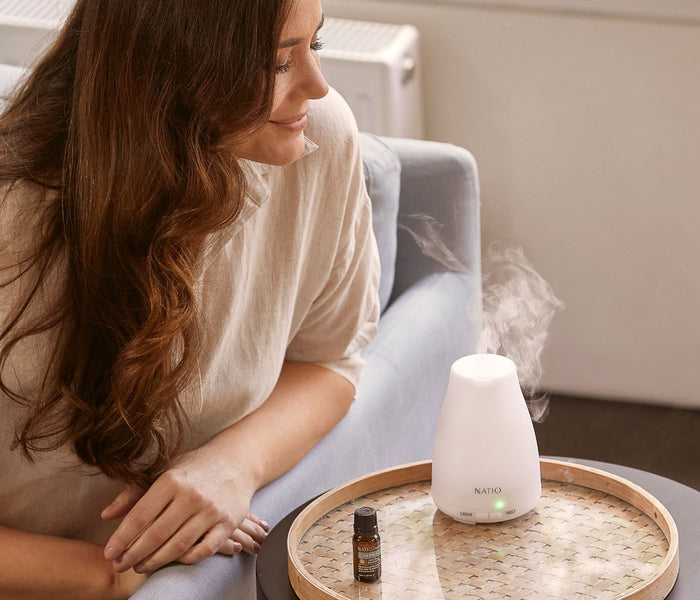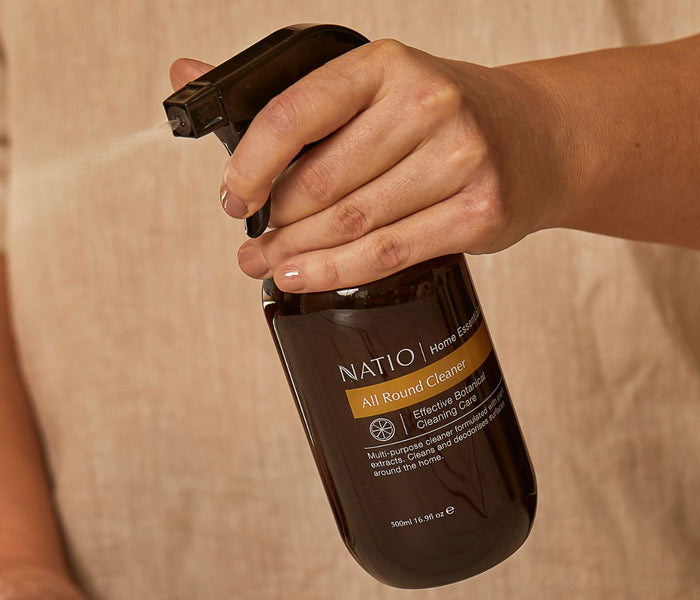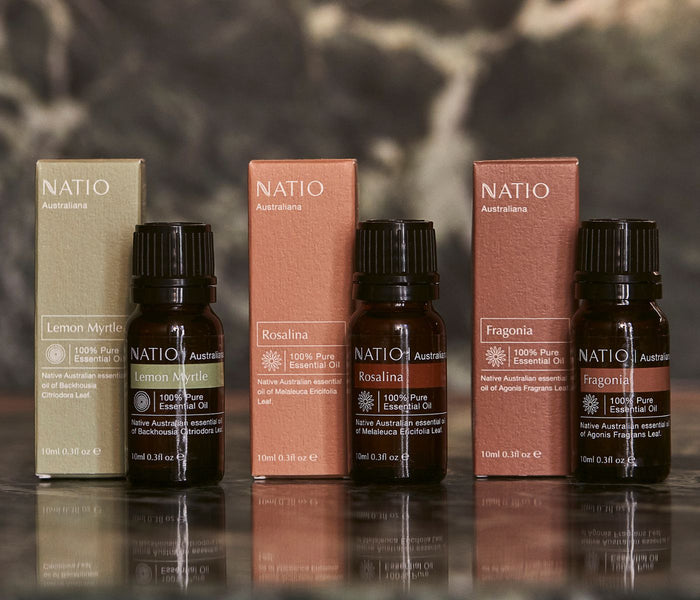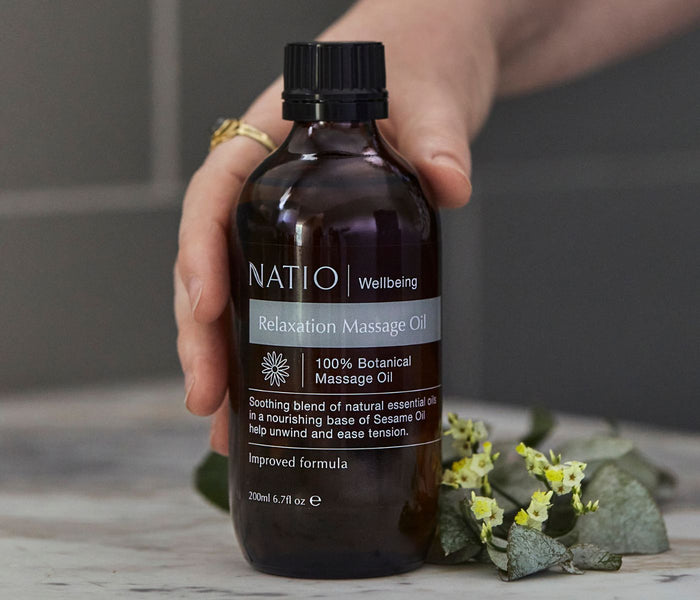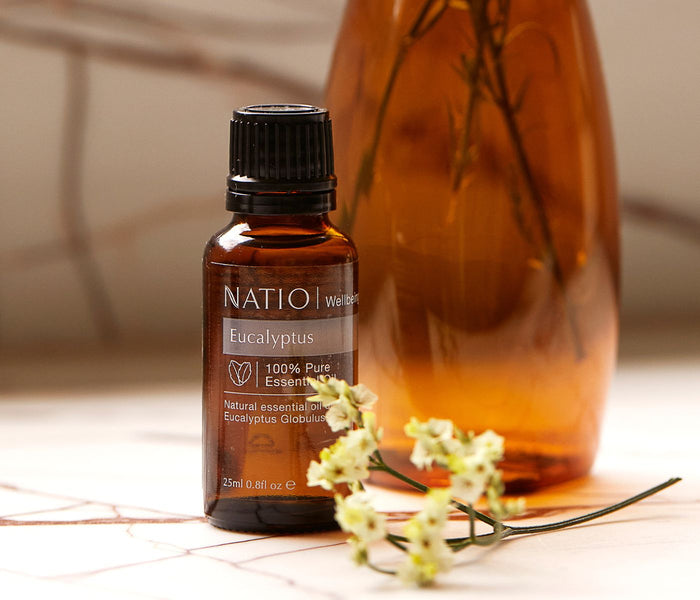

discoveries
discoveries
on the blog
Summertime is often the favourite season of many, evoking memories of fun at the beach, relaxation poolside, or picnics with loved ones - it is our favourite time of year to get out and be with mother nature as the sun shines for longer as the weather warms up.
While this time of year delivers peak happiness, it is important to consider protection from the sun’s UV (ultraviolet rays). UVA and UVB rays from the sun can damage skin, so it’s important to select the right type of sunscreen to the activity you plan on undertaking to ensure that you are getting the best possible protection from the sun.
There are two types of sunscreens: a physical sunscreen (Mineral Zinc) and a traditional sunscreen (Synthetic sun filters). Both deliver effective sun protection, a mineral - differing from a Traditional Sunscreen - works as a UV reflector rather than UV absorber. Particles of zinc oxide-based sunscreen work to reflect the UV rays. A traditional sunscreen format absorbs UV and coverts into heat, releasing them from the body.
Tip- It’s important to choose a very high protection UVA/UVB Broad-spectrum protect sunscreen. SPF (sun protection factor) 50 – 50+ is best suited to Australian conditions. We recommend that if you plan to spend time in the sun to choose a water-resistant sunscreen. This format can help minimise the impact of water or sweat to your sunscreen layer.
We have new and customer favourite sunscreen formats in the Natio sun range to introduce to your sun protection regime, ensuring that you are protecting your precious skin!

Kids: A pale yellow tinted lotion supports easy visible application and dries to a clear and comfortable finish. The Kids Everyday Sensitive Sunscreen SPF 50+ is available in a handy 100ml roll on and a 100ml tube. The roll-on applicator offers a helping hand for easy application on wriggly kids - easy to tote around with you for application every 2 hours during the day.

Cream: Our award-winning Quick Dry Moisturising Sunscreen SPF 50+ is - as the name suggests - quick drying, as well as non-greasy and water resistant for up to 4 hours. Perfect protection no matter where your day takes you. It's therefore no surprise that it was voted Best New Sunscreen in the beautyheaven Glosscar Awards for 2023!

Lotion: The Ultra Light Sunscreen SPF 50+ is offered in a convenient spray format, that is dermatologically tested for sensitive skin. It’s infused with Aloe Vera and Vitamin E to improve hydration and perfect for when you are out and about.

Fluid: A facial fluid that is invisible, light weight and delivers on superior absorption? Try our Invisible Fluid Facial Sunscreen SPF 50+ - Perfect as a transparent base under makeup or when you are flying out the door, simply apply 3 lines onto your fingers and liberally apply onto your face 20 minutes before you step outside.

Mineral: A zinc oxide-based formulation that physically filters and reflects rays to protect your skin against sun damage? Try our Clear Zinc Mineral Sunscreen SPF 50, with nourishing Coconut Oil and Vitamin E to deliver natural care and protection against moisture loss.
To complement sun protection products: slip, slop, slap, seek and slide. SunSmart recommends that you Slip on clothing that covers as much skin as possible. Slop on an SPF 50 (or higher) broad-spectrum, water-resistant sunscreen. Slap on a broad-brimmed hat that shades the face, ears, and neck. Seek shade, and Slide on sunglasses that meet the Australian Standard for UV protection.
Always read the label and follow the directions for use. Sunscreens are only one component of sun protection. Prolonged high-risk sun exposure should be avoided. Frequent use and re-application in accordance with directions is required for effective sun protection.
Read More
When it comes to skincare today, very few products are as crucial as sunscreen. Yet, despite its importance, several myths and misconceptions about this skincare hero persist. Let’s take a look at some common ones, shine some light on the truths of SPF and eliminate those untrue obstacles impeding everyone, everywhere from embracing this integral protection:
Myth: Sunscreen is only necessary outdoors, on sunny days
Untrue. Sunny or not, UVA/UVB rays are beaming down on us every single day. In fact, up to 80% of the sun's UV radiation can pass through cloud cover, leading to skin damage and increased risk of skin cancer, even on overcast days. What’s more, UV rays can penetrate windows and indoor environments, reaching your skin even when you're not directly outside. Every bit of sun exposure - intentional or not - can add up to skin damage and increased skin cancer risk, so daily SPF applied to exposed skin - face, neck and hands most predominantly - is safe practice.
Myth: I never get sunburnt, so I don’t need sunscreen
Nope. Nobody is immune to skin damage nor skin cancer. Regardless of complexion, everyone benefits from safeguarding their skin against dangerous sun damage - particularly in Australia where we have one of the highest levels of UV exposure and highest rates of skin cancer in the world*.
 The recommended dose of facial sunscreen
The recommended dose of facial sunscreen
Myth: Makeup with SPF provides adequate sun protection
Not quite. While many cosmetics contain SPF, they typically don’t offer sufficient protection on their own. You see, SPF is not makeup’s primary purpose and the amount applied is also often far less than the recommended amount of sunscreen. These products are helpful, sure, but for optimal protection it’s best to use a dedicated sunscreen on clean skin, prior to makeup application.
Myth: Sunscreen feels sticky and uncomfortable
Not so! Sunscreen innovation has come in leaps and bounds in recent years, with the newest formulas especially featuring non-greasy and lightweight textures that are almost imperceptible. Truthfully, physical mineral sunscreens containing Zinc Oxide or titanium dioxide can feel a little heavier than their traditional cousins (as they create a physical UV barrier that sits on skin), though new technologies mean even these formulas are lighter and silkier in texture than ever, with more comfortable wear.
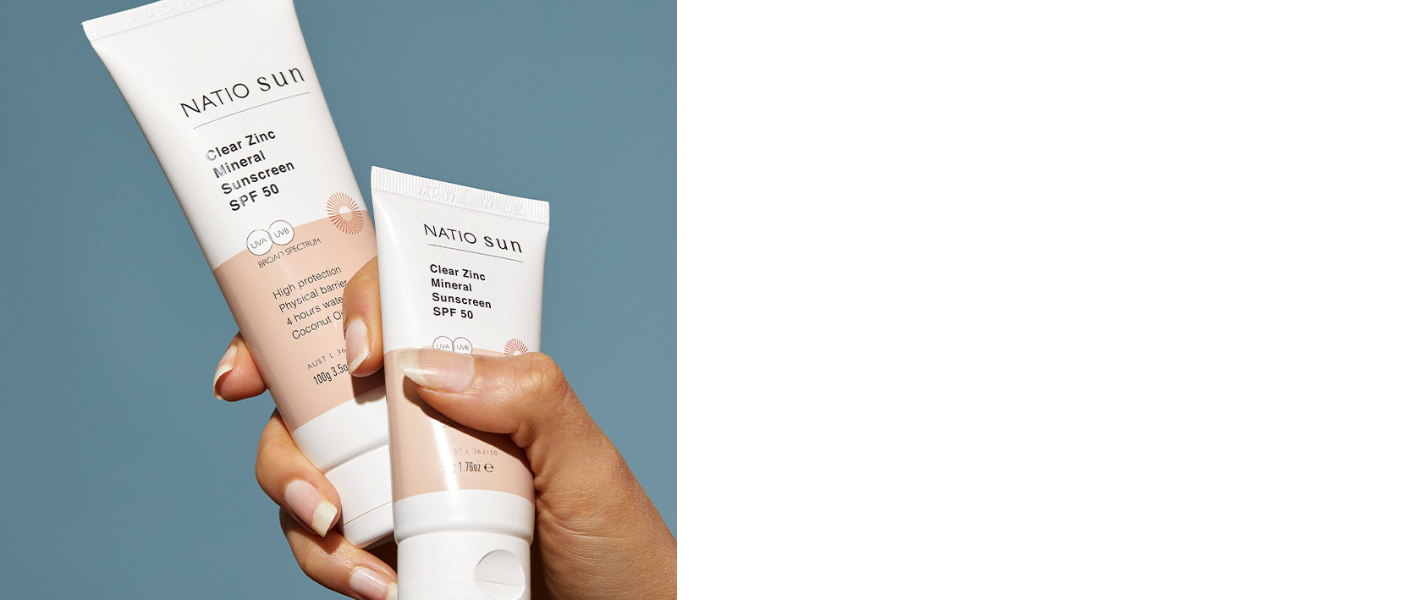
Myth: Sunscreen leaves an ashy, white cast on my skin
Not really, not anymore! While the myth of sunscreen leaving an ashy, white cast on the skin has some basis in certain older formulations, modern sunscreen technology has made advancements to address exactly this concern. Modern formulations are now available which have all but diminished this issue, specifically formulated to be sheer, invisible and suitable for all skin tones. Tinted moisturiser with high protection SPF (50 and above) can also be an excellent option if you’re concerned about a white cast, combining sun protection with a subtle tint that can help even out your skin tone and provide a natural-looking finish. However always be mindful to reapply this as needed for optimal protection.
Myth: Sunscreen causes my skin to break out
It doesn’t have to. When chosen and used correctly, sunscreen should never be a primary cause of acne or breakouts. While some sunscreens may contribute to breakouts in certain individuals, it's usually due to specific ingredients or formulations. Selecting lightweight lotions, gels and oil free formulas, as well as sunscreens that contain gentle ingredients can go a long way towards minimising the risk of irritation and breakouts. Finally, no matter which formula you choose, proper cleansing is critical. Breakouts can occur if sunscreen is not properly removed, so it’s important to ensure that all sunscreen and impurities are gently but effectively removed at the end of the day with at least one round of cleansing.
Hopefully this article has cleared up a few grey areas for you, because protecting your skin from the sun's harmful UV rays is a vital aspect of maintaining healthy skin and preventing skin cancer. Remember, consistent use of broad-spectrum sunscreen, along with other sun safety measures like seeking shade and wearing protective clothing, hat and sunglasses, is essential for maintaining healthy, happy skin throughout your life. In regard to sunscreen application, always follow directions for use and reapply as directed.
Read More
Regardless of whether you prefer a traditional or physical sunscreen, SPF is a paramount protector of skin from the sun's rays. To help clarify some of the vast information out there, and debunk some of the mistruths, here are some key facts to keep in mind when selecting your sun protection.
Traditional Sunscreen
This sunscreen works as a sponge, absorbing the sun’s UVA/UVB rays, converting the rays into heat, and releasing them from the body. Many active chemical compounds work together to create the sponge effect. Traditional sunscreens penetrate the epidermis and dermis. This formulation is easier to rub into skin without leaving a white residue.
The new Natio Sun collection has four traditional sunscreen options to choose from.

Physical Sunscreen
This sunscreen works like a shield on the skin. It sits on the surface of your skin, deflecting the sun’s rays. Zinc Oxide is the most common sun shield referred to as a Natural Mineral. Physical sunscreens offer Broad spectrum protection by sitting on the skin. Some people may select a Mineral sunscreen if they have Sensitive skin, making it a great option for children 6 months and above.
The new Natio Sun collection features a physical sunscreen option, a Clear Zinc Mineral Sunscreen SPF 50.

Physical Sunscreens – Top questions answered
How does a physical/mineral Sunscreen work?
(Differing from a Traditional Sunscreen) It works as a UV reflector rather than UV absorber like traditional sunscreens. Particles of zinc oxide reflect the UV light.
How soon can you go into the sun after application?
Around 20 minutes after the application as a general guide.
How often do you need to re-apply?
Every 2 hours and after every swim, towel dry or heavy sweating.
Why have you used Zinc Oxide instead of Titanium Oxide?
Titanium dioxide leaves a white film unlike the micronized zinc oxide that has been used to formulate the Clear Zinc Mineral Sunscreen SPF 50.
How does a Physical/Mineral protect from the sun rays?
It reflects the sun’s rays.
Is there a specific Zinc Oxide level to look for?
SPF 50 starts at around 20% of zinc oxide. Majority of customers prefer micronized zinc oxide (Zinc oxide can be 'micronized,' meaning it is processed into small particles, so small that the preparation appears clear when applied on the skin).
Why is a Mineral better for sensitive skin?
Many Customers find less irritation from the mineral than from the traditional actives.
What does “reef safe” or “reef friendly” mean?
Unfortunately, the term “reef friendly” is not currently regulated. It is important to check the “active ingredients” label on the back of your sunscreen to ensure that potentially reef-harming chemicals are not present. A mineral sunscreen has been defined to not contain any ingredients known as unsafe for the reef ocean. By making sure your sunscreen does not contain oxybenzone or octinoxate; the two common UV blocking sun filters that some studies have indicated may contribute to coral bleaching.
How can I best protect my skin from the damaging effects of the sun?
Sunscreens are only one component of sun protection. To get the best result from your sun protection products always ensure that you read the label and follow the directions for use. Prolonged high-risk sun exposure should be avoided. Frequent use and re-application in accordance with the product directions are required for effective sun protection. In complement to sun protection products slip, slop, slap, seek and slide. SunSmart recommends that you Slip on clothing that covers as much skin as possible. Slop on an SPF 50 (or higher) broad-spectrum, water-resistant sunscreen. Slap on a broad-brimmed hat that shades the face, ears and neck. Seek shade, and Slide on sunglasses that meet the Australian Standard for UV protection.
Always read the label and follow the directions for use. Sunscreens are only one component of sun protection. Prolonged high-risk sun exposure should be avoided. Frequent use and re-application in accordance with directions is required for effective sun protection.
Read More
Natural colours to enhance your natural beauty
Advanced and activated skincare made for men




